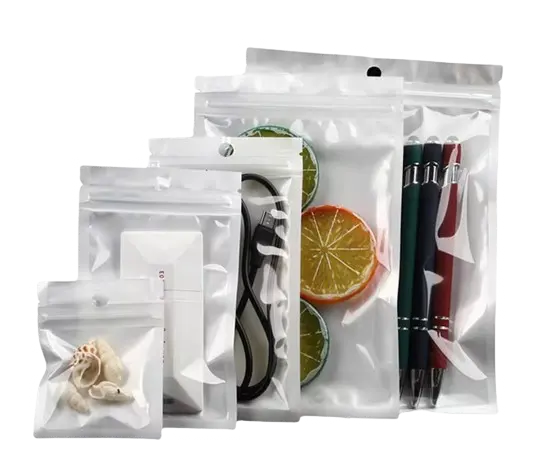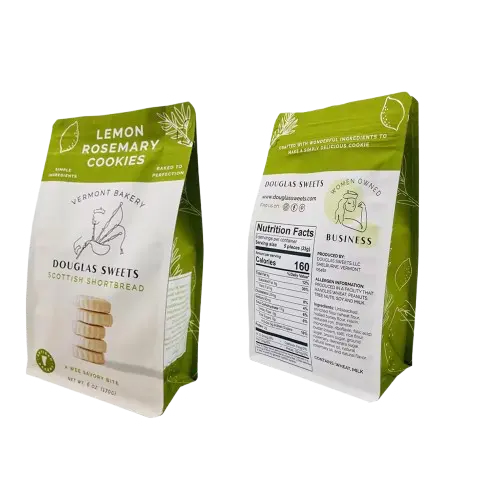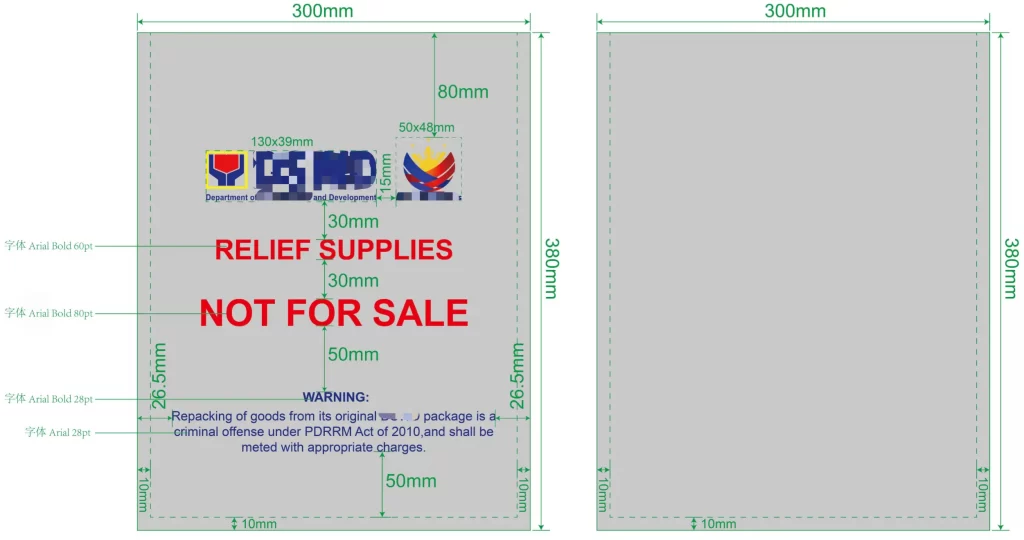WeChat:
+86-189 7322 3283
What’s app::
+86-13630093256
Content Menu
● Understanding Packaging Bag Dimensions
● How to Measure Different Types of Packaging Bags
>> Measuring Gusseted Bags (Side or Bottom Gussets)
>> Measuring Bags for Containers and Boxes
● Key Considerations When Measuring Packaging Bags
>> 1. Measure Your Product First
>> 3. Consider Product Shape and Rigidity
>> 4. Account for Bag Features
● Step-by-Step Guide to Measuring a Reclosable Bag
● Expert Tips for Accurate Measurement
● FAQ
>> 1. How do I measure the width of a poly bag?
>> 2. What is a gusset, and how is it measured?
>> 3. How much extra space should I add when measuring bags?
>> 4. How do I measure a resealable bag?
>> 5. What if my product is irregularly shaped?
Measuring packaging bag dimensions accurately is crucial for ensuring your products fit perfectly, are well-protected, and presented professionally. Whether you are dealing with poly bags, paper bags, gusseted bags, or reclosable bags, understanding how to measure each type correctly will save you time, money, and frustration. This comprehensive guide will walk you through the step-by-step process of measuring various packaging bags, explain important considerations, and provide expert tips for selecting the right bag size for your needs.

Packaging bags come in different styles and constructions, each requiring a specific approach to measurement. The three primary dimensions to consider are:
– Width (W): The horizontal measurement across the bag.
– Depth (D) or Gusset: The expandable side or bottom panel that allows the bag to hold more volume.
– Length (L) or Height: The vertical measurement from the bottom to the top opening of the bag.
Depending on the bag type, the way these dimensions are measured can vary. Let’s explore these in detail.
Flat poly bags, also known as layflat bags, are simple bags with no gussets or expandable sides.
Steps:
1. Lay the bag flat on a smooth surface, smoothing out any wrinkles.
2. Measure the width from one outer edge to the other across the opening. Include any sealed edges.
3. Measure the length from the top opening (excluding any extended lip or header) to the bottom sealed edge.
Note: For resealable bags, measure from the bottom of the bag to the base of the zipper or seal, excluding any lip above the zipper.
Gusseted bags have expandable sides or bottoms that increase the bag’s capacity.
Steps:
1. Flatten the bag completely.
2. Measure the width across the bag from one outer edge to the other.
3. Fully expand the gusset and measure the depth (the gusset width).
4. Measure the length from the top opening to the bottom edge.
Tip: When ordering gusseted bags, the width plus the depth equals the flat width of the bag.
Paper bags are measured using the same WxDxH (Width x Depth x Height) or WxGxL (Width x Gusset x Length) format.
Steps:
1. Lay the bag flat and measure the width across the front.
2. Open the gusset and measure the depth at the widest point.
3. Measure the height from the bottom seam to the top edge.
Important: For flat paper bags without gussets, only measure width and height. Exclude any sealing flaps from the height measurement.

When bags are used as liners or covers for boxes, containers, or pallets, measurements must allow for overhang and ease of use.
For Box Liners:
– Width = Box width + 1 inch
– Depth = Box depth + 1 inch
– Length = Box height + Box depth + 6 inches (to cover contents and allow tying)
For Pallet Covers:
– Width = Pallet width + 1-2 inches
– Depth = Pallet depth + 1-2 inches
– Length = Pallet height + half the pallet depth
For Round Containers:
– Circumference = Diameter × 3.14
– Width = Circumference ÷ 2 + 1 inch (for loose fit)
– Length = Container height + diameter + 5 inches (for overhang)
Start by measuring the product’s width, depth, and height. This will be your baseline to determine the bag size.
Add ½ inch to 2 inches to your measurements to ensure the product fits comfortably without straining the bag or causing damage.
For rigid or bulky items, add extra width to allow the product to slide easily into the bag.
For resealable bags, exclude the lip above the zipper from length measurements. For gusseted bags, measure gussets fully expanded.
Never force items into bags that are too small, as this can damage the product and the bag.
1. Close the zipper or seal to get accurate dimensions.
2. Lay the bag flat on a smooth surface.
3. Measure the width from side to side, including gussets if present.
4. Measure the length from the bottom of the bag to the base of the zipper, excluding any lip.
5. Add ½ inch to 2 inches to both width and length for a looser fit, especially for rigid or bulky products.
– Use a flexible measuring tape or ruler for precision.
– Measure multiple bags from the same batch to account for manufacturing variances.
– Consider the sealing method and closure type as they affect usable dimensions.
– For gusseted bags, remember that the flat width equals width plus depth.
– Always confirm measurement standards with your packaging supplier.
Accurately measuring packaging bag dimensions is essential to ensure your products are well-protected, easy to pack, and presented professionally. Whether you are using flat, gusseted, resealable, or paper bags, following the correct measurement techniques will help you avoid costly mistakes and improve customer satisfaction. By adding appropriate allowances for product shape, size, and bag features, you can select the perfect bag size every time.
If you want to optimize your packaging solutions or need expert advice on bag sizing, contact us today! Our team is ready to help you find the ideal packaging bags tailored to your product needs.

Measure the width from one outer edge to the other across the bag’s opening, including any folded gussets if present.
A gusset is an expandable side or bottom panel of a bag that increases capacity. Measure the gusset fully expanded from front to back.
Add between ½ inch and 2 inches to your product dimensions to ensure a comfortable fit and ease of packing.
Measure from the bottom of the bag to the base of the zipper for length, and from side to side for width, excluding any lip above the zipper.
For irregular or bulky items, add extra allowance to all dimensions and consider gusseted bags for better accommodation.
Hot Tags: Packaging Bag Dimensions, Custom Bag Sizes, Standard Packaging Dimensions, Flexible Packaging Sizes, Food Packaging Dimensions, Packaging Bag Size Chart, Resealable Bag Dimensions, Stand Up Pouch Dimensions, Bag Size Calculator, Custom Packaging Measurements